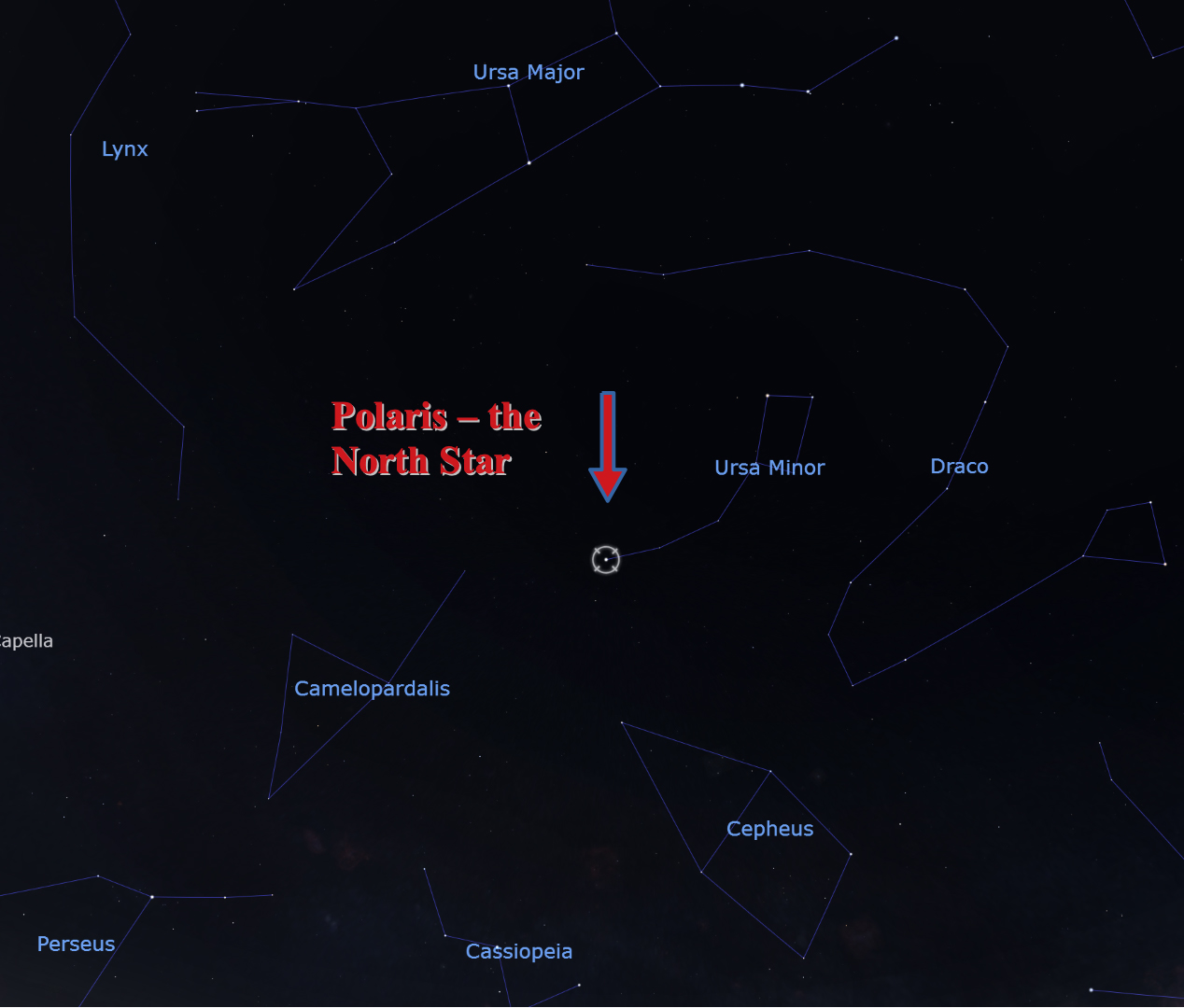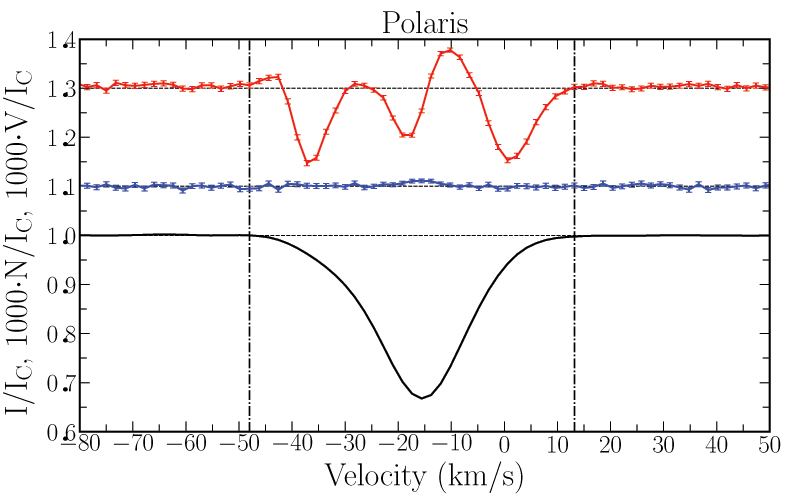Astronomers at Queen’s University in Kingston have discovered for the first time that Polaris – more commonly known as the North Star – is host to a remarkable magnetic field. Polaris is a member of a class of pulsating stars called the classical Cepheids and pulsates over a four day period during which its diameter, temperature, and brightness change. Little is known about the influence of magnetic fields on Cepheid behaviour and evolution, as their magnetic fields have been very difficult to detect. This is a first for Polaris and only the second for any Cepheid.
The discovery was made by Queen’s PhD candidate James Barron (Physics, Engineering Physics and Astronomy) who is leading a team of Canadian and international astronomers in exploring the magnetism of the classical Cepheids. It was during an observing run at the Canada-France-Hawaii Telescope (CFHT) on Mauna Kea, Hawaii that Barron discovered the magnetic field.
“I was analyzing the data that had been obtained the night before and I was excited to see that Polaris’ magnetic field had been observed. The signal is detected very clearly,” says Barron.
Barron and his team plan to develop a map of its magnetic field by taking many more observations as the star rotates.
“This will provide the first view of the global magnetic structure of any Cepheid, and will serve as the basis for a deeper theoretical understanding of the role of magnetic fields in Cepheid evolution and behaviour,” says Gregg Wade, Professor, Astronomy, Astrophysics and Relativity, Physics, Engineering Physics and Astronomy at Queen’s University.
The findings are available in the journal Monthly Notices of the Royal Astronomical Society.
Finding Magnetic North research paper
Click for the full press release
 Queen's 2015 Nobel Prize in Physics
Queen's 2015 Nobel Prize in Physics



